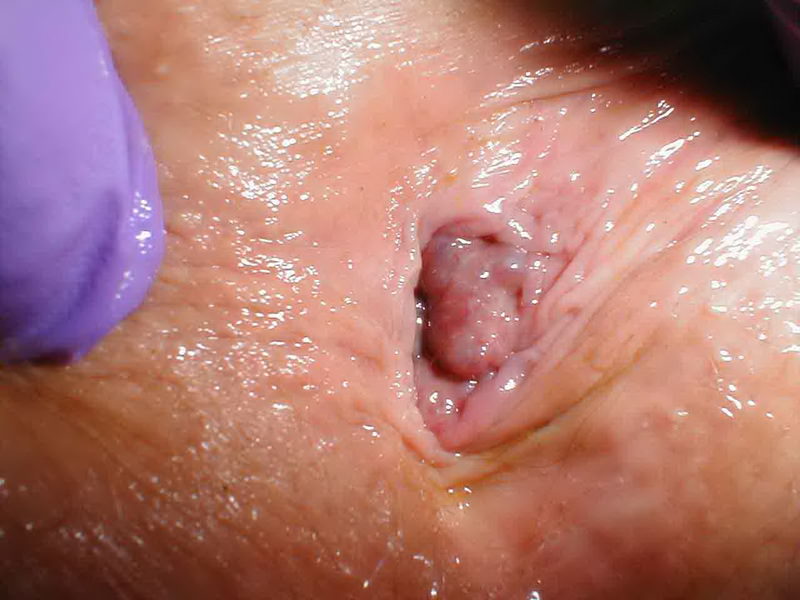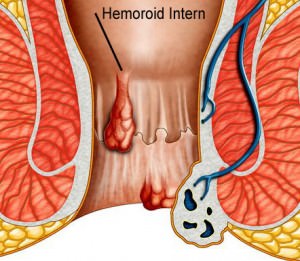Causes of Haemorrhoids
What is the cause of haemorrhoids? What Causes Haemorrhoids? The main trigger of haemorrhoids is the pressure exerted on the veins located in the pelvic and rectal area. This pressure occurs as a consequence of several factors: constipation, diarrhea, sitting or standing for long periods of time, obesity, pregnancy or hereditary factors. Below are the details of each specific cause and the possible solutions.
One of the main causes of haemorrhoids is a a wrong position on the toilet sit. In order to make sure you adopt the right position, follow these steps: sit as you normally would on your toilet, lift your soles so that you rest on your tips and bend forwards to rest your elbows on your knees. This position helps avoid straining upon the elimination of the stool and implicitly decreases the chances of haemorrhoid protrusion or relapse.
Constipation is another frequent haemorrhoid cause. Straining during stool elimination generates a high pressure on the rectal area veins and causes them to swell (such as it is the case with varicose veins). In order to avoid constipation problems, try to control stool elimination. Breathing exercises also are very useful to facilitate stool elimination.


